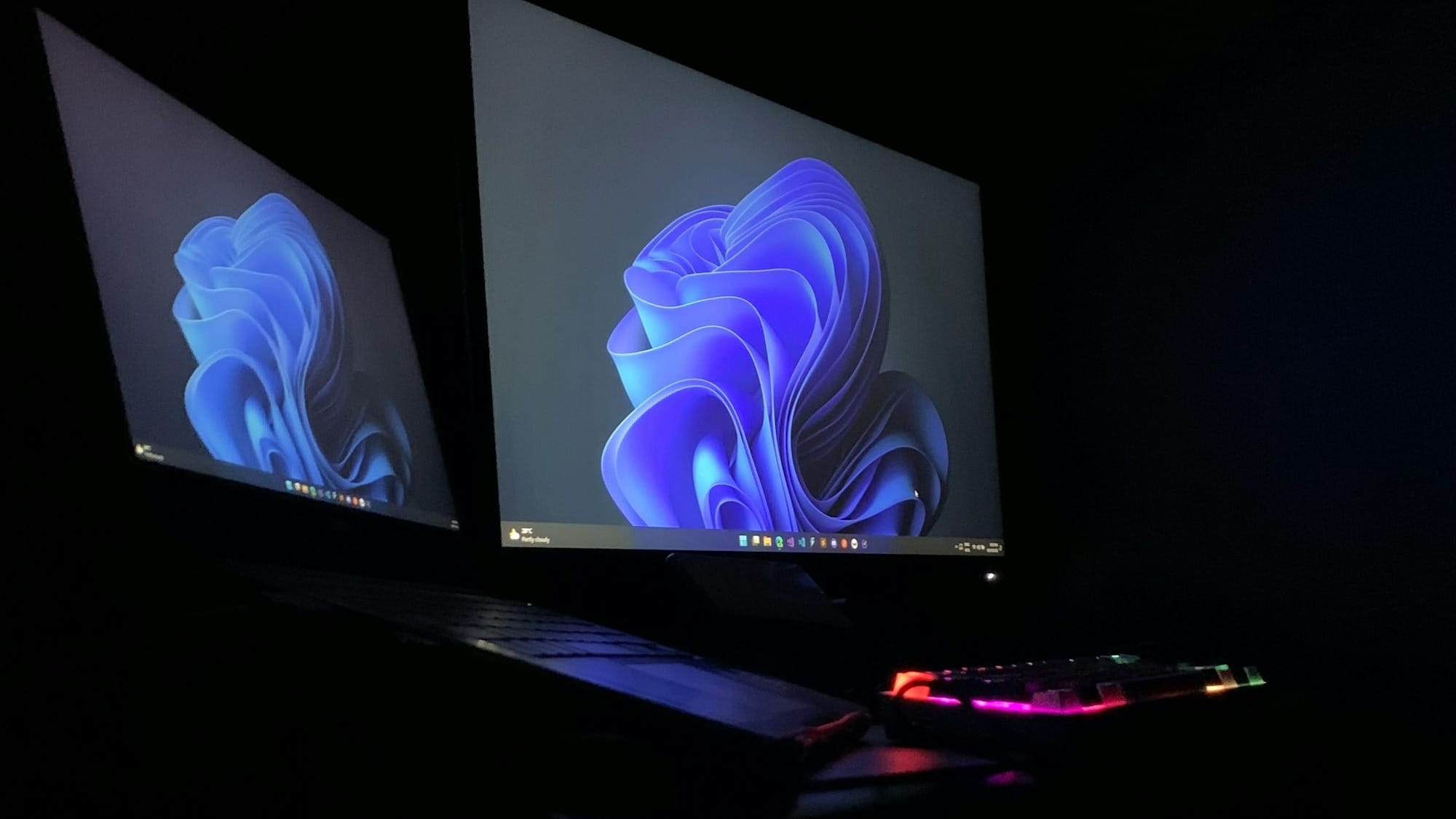Index Surge: Amplifying Your Insights
Stay updated with the latest trends and news across various industries.
Gaming on Windows: The Quest for Unstoppable Performance
Unlock the ultimate gaming experience on Windows! Discover tips and tricks for unstoppable performance that every gamer needs to know.
Top 10 Tips for Optimizing Your Windows Gaming Experience
Gaming on Windows can be an exhilarating experience, but to truly optimize your performance, a few key steps are essential. Here are the Top 10 Tips for Optimizing Your Windows Gaming Experience:
- Keep Your Drivers Updated: Ensure that all your hardware drivers, particularly your graphics card, are up-to-date. This can significantly boost performance and stability.
- Adjust Your Power Settings: Switch your power plan to High Performance in the Control Panel to prevent the system from throttling your CPU and GPU during intense gaming sessions.
- Close Background Applications: Before starting your game, close any unnecessary applications running in the background to free up resources.
- Optimize Game Settings: Tweak graphics settings within the game to find the perfect balance between visual quality and performance. Lowering certain settings can greatly improve FPS.
- Install PC Optimization Software: Consider using reputable software designed to clean up your system and free up RAM, which can help enhance gameplay.
Continuing our list, here are further essential tips:
- Utilize Game Mode: Activate Game Mode in Windows 10/11 to prioritize your gaming experience and allocate more resources directly to games.
- Monitor Temperatures: Keep an eye on hardware temperatures using monitoring software to avoid throttling due to overheating, ensuring your system runs at peak performance.
- Optimize Your Internet Connection: Use a wired connection when possible and consider upgrading your bandwidth to reduce lag during online gaming.
- Upgrade Your Hardware: If you're consistently underperforming, it may be time to invest in new components such as a better GPU or additional RAM.
- Regular Maintenance: Run regular virus checks, defragment your hard drive if not using an SSD, and perform system clean-ups to maintain overall performance.

Understanding Frame Rates: How to Achieve Smooth Gameplay on Windows
Understanding frame rates is essential for achieving smooth gameplay on Windows. Frame rate, measured in frames per second (FPS), indicates how many images your graphics card can produce in one second. A higher frame rate results in smoother motion and improved responsiveness in games, particularly in fast-paced genres like first-person shooters and racing games. For most gamers, a frame rate of at least 60 FPS is considered optimal for smooth gameplay, while competitive gamers often aim for 144 FPS or higher to gain an edge over their opponents.
To achieve these frame rates, you can optimize your system settings and ensure your hardware is up to par. Here are some tips to help you get started:
- Update your graphics drivers to the latest version for improved performance and compatibility.
- Lower in-game graphics settings, such as resolution and texture quality, to improve frame rates.
- Disable background applications that consume system resources.
- Consider upgrading your hardware, such as your GPU or RAM, if performance is lacking.
By understanding and managing frame rates effectively, you'll be well on your way to enjoying a smoother gaming experience on your Windows PC.
Common Windows Gaming Issues and How to Resolve Them
Gaming on Windows can sometimes be marred by common issues that can affect your overall experience. Some of these problems include performance lag, crashes, and connectivity issues. To resolve these common Windows gaming issues, it's essential to start by ensuring that your system meets the minimum requirements for the games you play. Additionally, regularly updating your graphics drivers and Windows OS can help eliminate many performance-related problems. In cases of persistent crashes, consider checking for overheating components or inadequate system resources. Here are some quick tips:
- Update your graphics drivers.
- Close unnecessary applications running in the background.
- Adjust in-game settings for better performance.
Another frequent challenge gamers face on Windows systems is network connectivity issues, which can disrupt online gameplay. To tackle this problem, check your internet connection and router settings. Restarting your router can often resolve temporary connectivity hiccups. For those using Wi-Fi, consider switching to a wired connection for increased stability. Additionally, you can use Windows' built-in troubleshooting tools. If you continue to experience issues, checking for Windows updates and ensuring your firewall isn't blocking your game can be beneficial. Remember, resolving these connectivity problems enhances your gaming experience significantly!